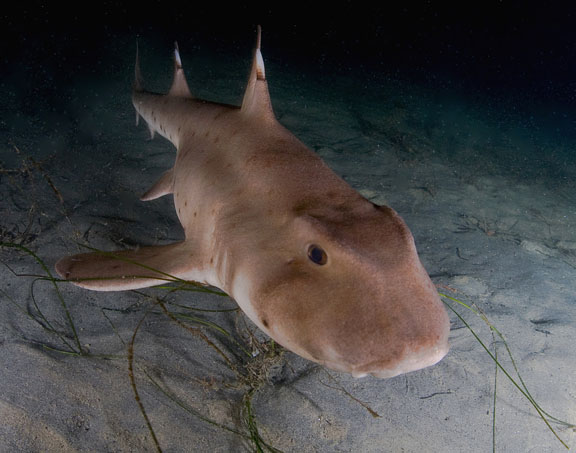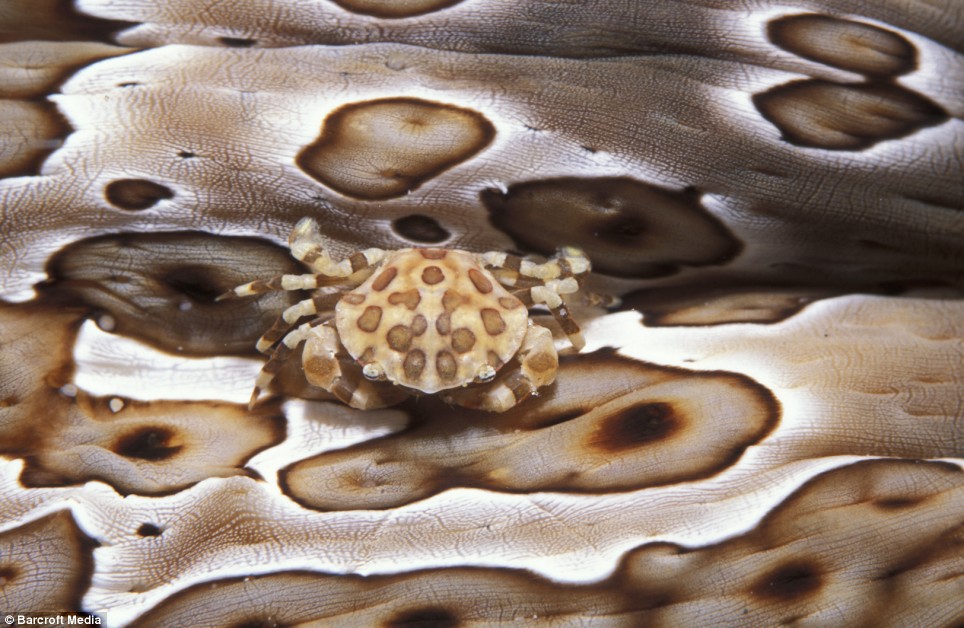More places identified for housing cheetah
Three more states joined the list of probable places for the release of the cheetah if and when the big cat eventually finds its way into the country.
Joining the list of Gujarat, Rajasthan, Chhattisgarh and Madhya Pradesh are Karnataka, Andhra Pradesh and Maharashtra.
The working group formed for chalking out the management and release protocol of the cheetah on Thursday recommended the Bijapur-Solapur area as a place that "can be looked into". Areas in Andhra Pradesh were also recommended.
Interestingly, the working group identified fresh areas in Rajasthan too, either for the release of the cat or creating a holding facility. The Shahgarh Bulge near the border, the group felt, could be used for the purpose. "The area is spread over more than 2,000 sq km and has less than 15 settlements," it said.
Another area under consideration for the release of the cat in the state is the 9,000-sq km Chandan grasslands, also situated near the border. However, the assistance of the army would be required for this. The Bara Bakar areas in Jodhpur spread over 25 sq km could be suited for a holding facility, the group felt.
Other places identified with potential for housing of the cheetah are the 200-sq km Banni and the 440-sq km Narayan Sarovar in Gujarat with Jambudia Vidi as an area for a captive facility. In Madhya Pradesh and Chhattisgarh, the Sanjay-Dhubri-Ghasi Das area, Nauradehi and Kuno-Palpur areas are also identified.
However, as these do not make an exhaustive list of places, more would be identified, out of which 4 sites would be shortlisted.
The meeting also identified South Africa, Botswana, Kenya, Tanzania and UAE as places from where the cheetah could be brought to India. "About 5 to 10 animals annually have to be brought to India over a period of 5 to 10 years," another working group, formed on sourcing and translocation of the cheetah, recommended.
Summing up the session at the outset, Wildlife Trust of India chairman M K Ranhitsinh said that the meeting had resolved at least two issues: there would be no breeding centre and a soft release would be done.
"All other recommendations from the various working groups will be combined for preparing a final roadmap for bringing the cheetah back to India. We would then hand over the roadmap to the government for a final decision," he said.
Source







































































